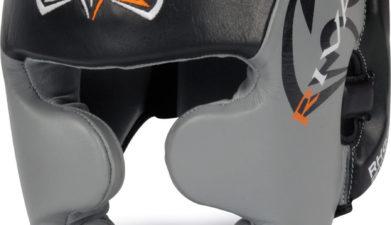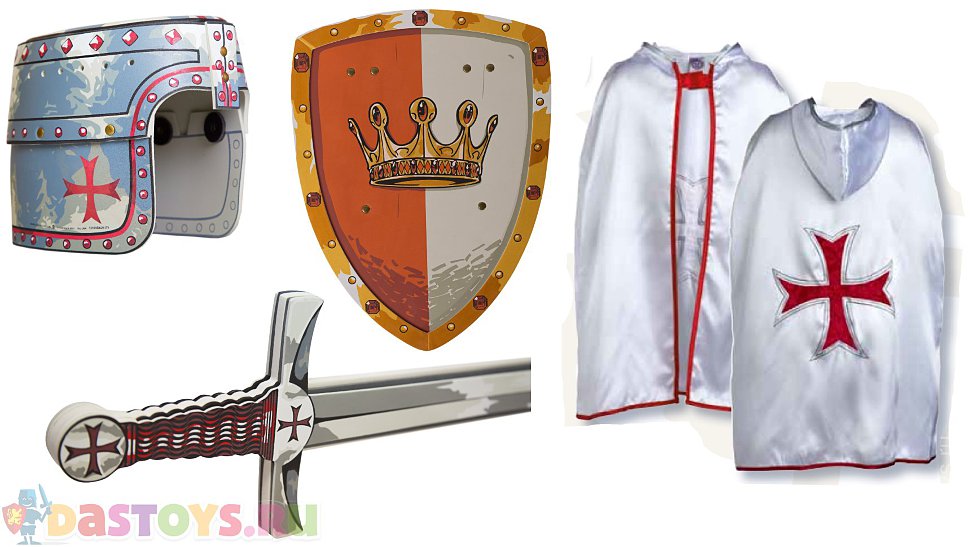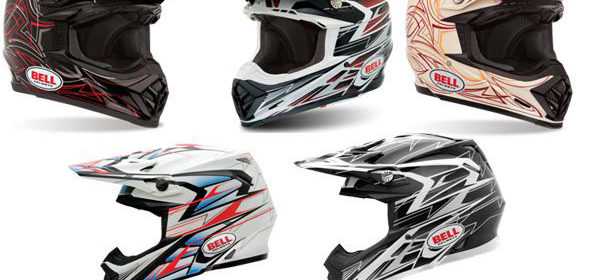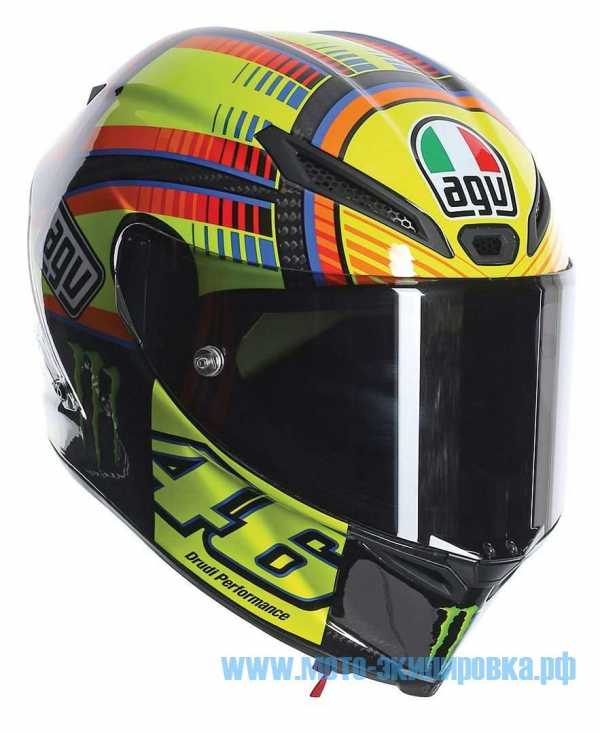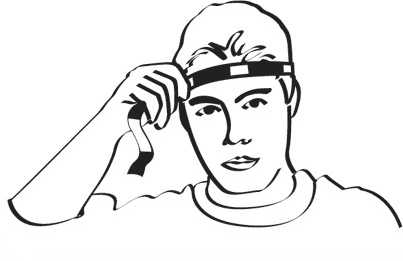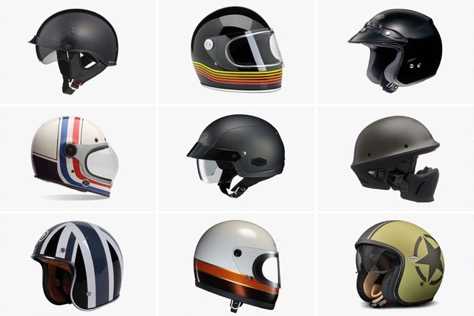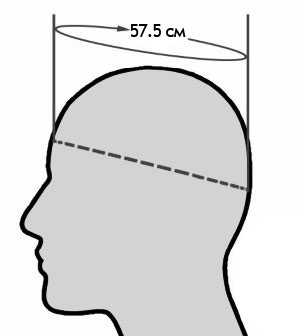Горнолыжный шлем. Bone горнолыжный шлем
выбираем один из важнейших атрибутов
Вопреки распространенному мнению нет сноубордических и горнолыжных шлемов, а есть шлемы для спорта (слалом, слалом-гигант, скоростной спуск), для парка (разнообразные трюки на перилах, боксах, трамплинах) и для рекреационного катания. При этом не важно, что у тебя на ногах — лыжи или доска», — говорит бренд-менеджер по сноубордам и защите компании «Кант» Роман Кадымов.
Спортивный
Может быть сразу с дугой или просто иметь отверстия для крепления защиты подбородка. Дуга нужна не столько при падениях, сколько для защиты лица спортсмена от удара вешкой при прохождении слаломной трассы. Из-за минимума вентиляционных отверстий, портящих аэродинамику, кататься весь день в таком шлеме будет жарковато.
Парковый
Он ближе к каске и по форме, и по сути. «Если другие горнолыжные шлемы созданы для того, чтобы один раз спасти от сильного удара (после которого их придется менять), то этот готов многократно переживать небольшие потрясения. Правда, в случае сильного удара такой шлем отработает не так хорошо», — говорит Роман.
Для отдыха
В нем больше вентиляционных отверстий, чтобы можно было комфортно кататься в любое время года: под весенним солнцем или летом на леднике. Для самых жарких дней «уши» тут сделаны отстегивающимися. Встречаются варианты шлемов со встроенным визором (как у космонавтов).
СОВЕТ
Несмотря на то, что шлем, как и лыжи, можно взять напрокат, лучше иметь свой собственный — точно подобранный и с известной тебе историей использования. Важно быть уверенным, что сильно им не стукались, а значит, все защитные функции шлема в норме. Кстати, учти, что даже если ты едешь отдыхать на все готовое (например, по программе горнолыжного «все включено» от компании Club Med, экипировку придется либо брать напрокат, либо везти с собой. К счастью, большинство авиакомпаний в сезон перевозят горнолыжный инвентарь бесплатно.
mhealth.ru
Обычные объявленияНайдено 18 объявлений Найдено 18 объявленийХотите продавать быстрее? Узнать как | |||||
| |||||
| |||||
| |||||
| |||||
| |||||
| |||||
| |||||
| |||||
| |||||
| |||||
| |||||
| |||||
| |||||
| |||||
| |
www.olx.ua
Горнолыжный шлем - WikiVisually
1. Горнолыжный спорт – Alpine skiing, or downhill skiing, is the sport or recreation of sliding down snow-covered hills on skis with fixed-heel bindings. It is typically practiced at ski resorts which provide such as ski lifts, artificial snow making and grooming, first aid. Back-country skiers use alpine skiing equipment to ski off the marked pistes, in cases with the assistance of snowmobiles. Alpine skiing has been an event at the Winter Olympic Games since 1936, as of 1994, there were estimated to be 55 million people worldwide, who engaged in Alpine skiing. Approximately 30 million of these were in Europe,15 million in the US, as of 1996, there were reportedly 4,500 ski areas, operating 26,000 ski lifts and enjoying skier visits. The preponderant region for downhills skiing was Europe, followed by Japan, a skier following the fall line will reach the maximum possible speed for that slope. A skier with skis pointed perpendicular to the line, across the hill instead of down it. The speed of descent down any given hill can be controlled by changing the angle of motion in relation to the fall line, downhill skiing technique focuses on the use of turns to smoothly turn the skis from one direction to another. Good technique results in a motion from one descent angle to another one. This looks more like a series of Ss than turns followed by straight sections. The oldest and still form of alpine ski turn is the stem. In doing so, the ski pushes snow forward and to the side, the force backwards directly counteracts gravity, and slows the skier. The force to the sides, if unbalanced, will cause the skier to turn, carving is based on the shape of the ski itself, when the ski is rotated onto its edge, the pattern cut into its side causes it to bend into an arc. The contact between the arc of the ski edges and the snow naturally causes the ski to tend to move along that arc, slowing the skier, modern alpine skis are shaped to enable carve turning, and have evolved significantly since the 1980s. During the 1930s, the Kandahar binding was introduced, which could be locked down at the heel for the downhill portions, the Kandahar remained in widespread use until the 1960s. As more skiers took up the sport, especially in the 1950s, dr. Richard Spademan saw 150 spiral fractures pass through his emergency department near Squaw Valley in three days, an event that led to the development of the Spademan binding. By the early 1950s, several safety bindings were on the market allowed the ski to come off when the ski twisted to the side. This helped reduce the incidence of spiral fractures, originally boots were cut low, just over the ankle, and soft laterally, both of which limited the amount of sideways rotating force that could be applied
2. Сноуборд (спортивный инвентарь) – Snowboards are boards that are usually the width of ones foot longways, with the ability to glide on snow. Snowboards are differentiated from monoskis by the stance of the user, in monoskiing, the user stands with feet inline with direction of travel, whereas in snowboarding, users stand with feet transverse to the longitude of the board. Users of such equipment may be referred to as snowboarders, commercial snowboards generally require extra equipment such as bindings and special boots which help secure both feet of a snowboarder, who generally rides in an upright position. These types of boards are used by people at ski hills or resorts for leisure, entertainment. In 1939, Vern Wicklund, at the age of 13, fashioned a shred deck in Cloquet and this modified sled was dubbed a “bunker by Vern and his friends. He, along with relatives Harvey and Gunnar Burgeson, patented the very first snowboard twenty two years later, randy believes that Sherman took an old water ski and made it into the snurfer for his children who were bored in the winter. He added bindings to keep their boots secure, commercially available Snurfers in the late 1960s and early 1970s had no bindings. It is widely accepted that Jake Burton Carpenter and/or Tom Sims invented modern snowboarding by introducing bindings, in 1981, a couple of Winterstick team riders went to France at the invitation of Alain Gaimard, marketing director at Les Arcs. These were more suitable for the conditions encountered while snowboarding mainly off-piste. In 1985, James Bond popularized snowboarding in the movie A View to a Kill, in the scene, he escapes Soviet agents who are on skis. The snowboard he used was from the debris of a snowmobile that exploded, by 1986, although still very much a minority sport, commercial snowboards started appearing in leading French ski resorts. In 2008, selling snowboarding equipment was a $487 million industry, in 2008, average equipment ran about $540 including board, boots, and bindings. Size and shape variances in the boards accommodate for different snow conditions, such tricks may take place in a snowpark alongside freestyle skiers. The bottom or base of the snowboard is generally made of UHMW and is surrounded by a strip of steel. Artwork was primarily printed on PBT using a process in the 1990s. Snowboards come in different styles, depending on the type of riding intended, Freestyle. Freestyle boards are typically twin-tip in shape to enable riding both ways, incorporates a deep sidecut for quick/tight turning. Freeride, Longer than freestyle and park boards, moderate to stiff in flex and typically directional
3. Спортивный инвентарь – Sports equipment, called sporting goods where sold, is any object used for sport or exercise. Also protective equipment such as weight lifting belts and bench shirts for weight training and powerlifting, vehicles are used as equipment for some sports, including motor sport, cycling, aeronautics, sailing and hot air ballooning. Small vehicles with flatbeds are often used to carry injured athletes off the field, historically many sports have developed their sporting equipment over time. For instance, the use of a soccer ball dates back to ancient China, as the sporting equipment industry improves, so does the athletes performance. This is due to the fact that the equipment is more efficient, lighter and stronger it forming a bio-mechanical system, since the massive adoption of wearable, new sport equipment tend to be electronics and connected to deliver data performances
4. Сноуборд (вид спорта) – Snowboarding is a recreational activity and Olympic and Paralympic sport that involves descending a snow-covered slope while standing on a snowboard attached to a riders feet. The development of snowboarding was inspired by skateboarding, sledding, surfing and skiing and it was developed in the United States in the 1960s, became a Winter Olympic Sport at Nagano in 1998 and first featured in the Winter Paralympics at Sochi in 2014. Its popularity in the United States peaked in 2007 and has been in a decline since, and, in 1966 alone over half a million snurfers were sold. In the early 1970s, Poppen organized snurfing competitions at a Michigan ski resort that attracted enthusiasts from all over the country, one of those early pioneers was Tom Sims, a devotee of skateboarding. He produced commercial snowboards in the mid-70s, articles about his invention in such mainstream magazines as Newsweek helped publicize the young sport. The pioneers were not all from the United States, in 1976, Welsh skateboard enthusiasts Jon Roberts and that same year, he founded Burton Snowboards in Londonderry, Vermont. The snowboards were made of wooden planks that were flexible and had water ski foot traps, very few people picked up snowboarding because the price of the board was considered too high at $38, but eventually Burton would become the biggest snowboarding company in the business. The first competitions to offer prize money were the National Snurfing Championship, in 1979, Jake Burton Carpenter, came from Vermont to compete with a snowboard of his own design. There were protests about Jake entering with a non-snurfer board, paul Graves, and others, advocated that Jake be allowed to race. A modified Open division was created and won by Jake as the sole entrant and that race was considered the first competition for snowboards and is the start of what has now become competitive snowboarding. In 1980 the event moved to Pando Winter Sports Park near Grand Rapids, in 1982, the first USA National Snowboard race was held near Woodstock, Vermont, at Suicide Six. The race, organized by Graves, was won by Burtons first team rider Doug Bouton, in 1983, the first World Championship halfpipe competition was held at Soda Springs, California. Tom Sims, founder of Sims Snowboards, organized the event with the help of Mike Chantry, in 1985, the first World Cup was held in Zürs, Austria, further cementing snowboardings recognition as an official international competitive sport. In 1990, the International Snowboard Federation was founded to provide universal contest regulations, many alpine resorts have terrain parks. At the 1998 Winter Olympic Games in Nagano, Japan, Snowboarding became an official Olympic event, initially, ski areas adopted the sport at a much slower pace than the winter sports public. Indeed, for years, there was animosity between skiers and snowboarders, which led to an ongoing skier vs snowboarder feud. Early snowboards were banned from the slopes by park officials, for several years snowboarders would have to take a small skills assessment prior to being allowed to ride the chairlifts. It was thought that a snowboarder would wipe the snow off the mountain
5. Вентиляция – Ventilation is the intentional introduction of outside air into a space. The intentional introduction of air can be categorized as either mechanical ventilation. Mechanical ventilation uses fans to drive the flow of air into a building. This may be accomplished by pressurization, or by depressurization, many mechanically ventilated buildings use a combination of both, with the ventilation being integrated into the HVAC system. Natural ventilation is the passive flow of outside air into a building through planned openings. Natural ventilation does not require mechanical systems to move air, it relies entirely on passive physical phenomena, such as diffusion, wind pressure. Mixed mode ventilation systems use mechanical and natural processes. The mechanical and natural components may be used in conjunction with other or separately at different times of day or season of the year. Since the natural component can be affected by environmental conditions it may not always provide an appropriate amount of ventilation. In this case, mechanical systems may be used to supplement or to regulate the naturally driven flow, in many instances, ventilation for indoor air quality is simultaneously beneficial for the control of thermal comfort. At these times, it can be useful to increase the rate of ventilation beyond the minimum required for air quality. Two examples include air-side economizer strategies and ventilation pre-cooling, in other instances, ventilation for indoor air quality contributes to the need for - and energy use by - mechanical heating and cooling equipment. In hot and humid climates, dehumidification of ventilation air can be an energy intensive process. Although ventilation is a component to maintaining good indoor air quality. In scenarios where outdoor pollution would deteriorate indoor air quality, other treatment devices such as filtration may also be necessary. In kitchen ventilation systems, or for laboratory fume hoods, the design of effective effluent capture can be more important than the amount of ventilation in a space. The ability for a system to pollution is described as its ventilation effectiveness. Ventilation should be considered for its relationship to venting for appliances and combustion equipment such as heaters, furnaces, boilers
6. Голова – A head is the part of an organism which usually includes the eyes, ears, nose and mouth, each of which aid in various sensory functions such as sight, hearing, smell, and taste. Some very simple animals may not have a head, but many bilaterally symmetric forms do, heads develop in animals by an evolutionary trend known as cephalization. In bilaterally symmetrical animals, nervous tissues concentrate at the anterior region, through biological evolution, sense organs and feeding structures also concentrate into the anterior region, these collectively form the head. The human head is a unit that consists of the skull, hyoid bone. The term skull collectively denotes the mandible and the cranium, the skull can also be described as being composed of the cranium, which encloses the cranial cavity, and the facial skeleton. There are eight bones in the cranium and fourteen in the facial skeleton, sculptures of human heads are generally based on a skeletal structure that consists of a cranium, jawbone, and cheekbone. Proponents of identism believe that the mind is identical to the brain, philosopher John Searle asserts his identist beliefs, stating the brain is the only thing in the human head. Similarly, Dr. Henry Bennet-Clark has stated that the head encloses billions of miniagents and microagents, evolution of the head In the vertebrates has occurred by the fusion of a fixed number of anterior segments, in the same manner as in other ”heteronomously segmented animals”. In some cases segments or a portion of the segments disappear, the head segments also lose most of its systems except for the nervous system. In some arthropods, especially trilobites, the cephalon, or cephalic region, is the region of the head which is a collective of fused segments, a typical insect head is composed of eyes, antennae, and components of mouth. As these components differ substantially from insect to insect, they form important identification links, eyes in the head found, in several types of insects, are in the form of a pair of compound eyes with multiple faces. In many other types of insects the compound eyes are seen in a facet or group of single facets. In some case, the eyes may be seen as marks on the dorsal or located near or toward the head, antennae on the insects head is found in the form of segmented attachments, in pairs, that are usually located between the eyes. These are in varying shapes and sizes, in the form of filaments or in different enlarged or clubbed form, insects have mouth parts in various shapes depending on their feeding habits. Labrum is the lip which is in the front area of the head and is the most exterior part. A pair of mandible is found on backside of the labrum flanking the side of the mouth, at the back side of the mouth is the labium or lower lip. There is also a mouth part in some insects which is termed as hypopharynx which is usually located between the maxillac. The heads of humans and other animals are commonly recurring charges in heraldry, several varieties of womens heads also occur, including maidens heads, ladies heads, nuns heads, and occasionally queens heads
7. Холод – Cold is the presence of low temperature, especially in the atmosphere. In common usage, cold is often a subjective perception, a lower bound to temperature is absolute zero, defined as 0.00 K on the Kelvin scale, an absolute thermodynamic temperature scale. This corresponds to −273.15 °C on the Celsius scale, −459.67 °F on the Fahrenheit scale, and 0.00 °R on the Rankine scale. If it were possible to cool a system to zero, all motion of the particles in a sample of matter would cease. The object would be described as having zero thermal energy, microscopically in the description of quantum mechanics, however, matter still has zero-point energy even at absolute zero, because of the uncertainty principle. Cooling refers to the process of becoming cold, or lowering in temperature and this could be accomplished by removing heat from a system, or exposing the system to an environment with a lower temperature. Coolants are fluids used to cool objects, prevent freezing and prevent erosion in machines, air cooling is the process of cooling an object by exposing it to air. This will only work if the air is at a lower temperature than the object, another common method of cooling is exposing an object to ice, dry ice, or liquid nitrogen. This works by convection, the heat is transferred from the warm object to the relatively cold coolant. Laser cooling and magnetic evaporative cooling are used to reach very low temperatures. In ancient times, ice was not adopted for food preservation, According to Pliny, Emperor Nero invented the ice bucket to chill wines instead of adding it to wine to make it cold as it would dilute it. Some time around 1700 BC Zimri-Lim, king of Mari Kingdom in northwest Iraq had created an icehouse called bit shurpin at a close to his capital city on the banks of the Euphrates. In the 7th century BC the Chinese had used icehouses to preserve vegetables, Shachtman says that in the 4th century AD, Nintoku, Japanese Emperor was given a gift by his brother of ice from a mountain. The Emperor was so happy with the gift that he named the first of June as the Day of Ice and ceremoniously gave blocks of ice to his officials. Even in ancient times, Shachtman says, in Egypt and India, night cooling by evaporation of water and heat radiation, and the ability of salts to lower the freezing temperature of water was practiced. How cold According to Tom Shachtman, till early seventeenth century cold was considered a mystery without source which was linked with death, inexplicable and too fearsome to investigate. Refrigeration by artificial means was an abhorrent idea as the thinking was for natural refrigeration though lot of consumable goods perished without any effort towards refrigeration. The reasons for conversion of snow in the heavens into water, on the earth, reason for formation of snowflakes and it was Drebbel, in 1620, who demonstrated an experiment in the Westminster Abbey to the king and his courtiers on the power of cold
8. Снег – Snowstorms organize and develop by feeding on sources of atmospheric moisture and cold air. Snowflakes nucleate around particles in the atmosphere by attracting supercooled water droplets, snowflakes take on a variety of shapes, basic among these are platelets, needles, columns and rime. As snow accumulates into a snowpack, it may blow into drifts, over time, accumulated snow metamorphoses, by sintering, sublimation and freeze-thaw. Where the climate is cold enough for year-to-year accumulation, a glacier may form, otherwise, snow typically melts seasonally, causing runoff into streams and rivers and recharging groundwater. Major snow-prone areas include the regions, the upper half of the Northern Hemisphere and mountainous regions worldwide with sufficient moisture. In the Southern Hemisphere, snow is confined primarily to mountainous areas, Snow affects ecosystems, as well, by providing an insulating layer during winter under which plants and animals are able to survive the cold. Snow develops in clouds that themselves are part of a weather system. The physics of snow crystal development in clouds results from a set of variables that include moisture content. The resulting shapes of the falling and fallen crystals can be classified into a number of shapes and combinations. Occasionally, some plate-like, dendritic and stellar-shaped snowflakes can form under clear sky with a cold temperature inversion present. Two additional and locally productive sources of snow are lake-effect storms and elevation effects, miid-latitude cyclones are low pressure areas which are capable of producing anything from cloudiness and mild snow storms to heavy blizzards. During a hemispheres fall, winter, and spring, the atmosphere over continents can be cold enough through the depth of the troposphere to cause snowfall, in the Northern Hemisphere, the northern side of the low pressure area produces the most snow. For the southern mid-latitudes, the side of a cyclone that produces the most snow is the southern side, a cold front, the leading edge of a cooler mass of air, can produce frontal snowsqualls—an intense frontal convective line, when temperature is near freezing at the surface. The strong convection that develops has enough moisture to produce whiteout conditions at places which line passes over as the wind causes intense blowing snow. This type of snowsquall generally lasts less than 30 minutes at any point along its path, in cases where there is a large amount of vertical growth and mixing the squall may develop embedded cumulonimbus clouds resulting in lightning and thunder which is dubbed thundersnow. A warm front can produce snow for a period, as warm, moist air overrides below-freezing air, often, snow transitions to rain in the warm sector behind the front. The same effect occurs over bodies of salt water, when it is termed ocean-effect or bay-effect snow. The effect is enhanced when the air mass is uplifted by the orographic influence of higher elevations on the downwind shores
wikivisually.com















